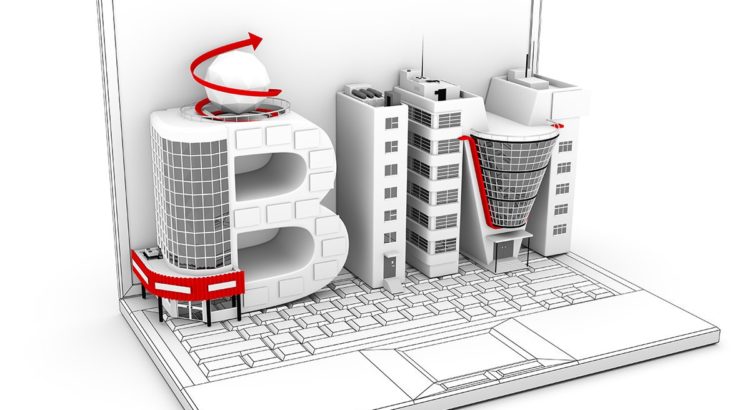BIM is a 3D process that provides an insight to professionals to plan, design, construct and infrastructure. It has been broadly recognized in the Architecture Engineering and Construction (AEC) industry.
Advantages of BIM in AEC
- It helps the AEC industry to reduce sustainability concerns such as Carbon dioxide emission, dependency on fossil fuel for energy strategies, and energy consumption by adopting green building strategies.
- Beside these concerns, BIM software provides solutions and ideas for reducing CO2emission, analyze and evaluate energy performance, optimize natural ventilation system and decreases the impact of the sun on the building, increases the importance of thermal comfort, recommend ideas for controlling water usage, and stimulate acoustic performances.
- BIM tools are of great use when designing the green buildings or their operational management phase.
- It can facilitate data exchange and integration, improves the communication channel between stakeholders, and allow people to visualize and analyze the building energy performance.
Use of BIM in the AEC industry increases the quality of work, improves speed and productivity, and lower the cost of projects.
Future Scope
BIM adds value to green building development but has some gaps which can be responded by future research and studies.
- Future BIM software can integrate with emerging technologies like augmented virtual reality, to allow people to experience the real world more vividly.
- It not only focuses on evaluating and developing the prototypes. Instead, aim to investigate the real need of BIM software, align with the actual performance from practitioners and their interest in BIM green.
- It concentrates on strengthening the interoperability between green BIM applications and develop strong industrial standards for green BIM projects.
Proper alignment of BIM development is to be done with green BIM projects in the future.
